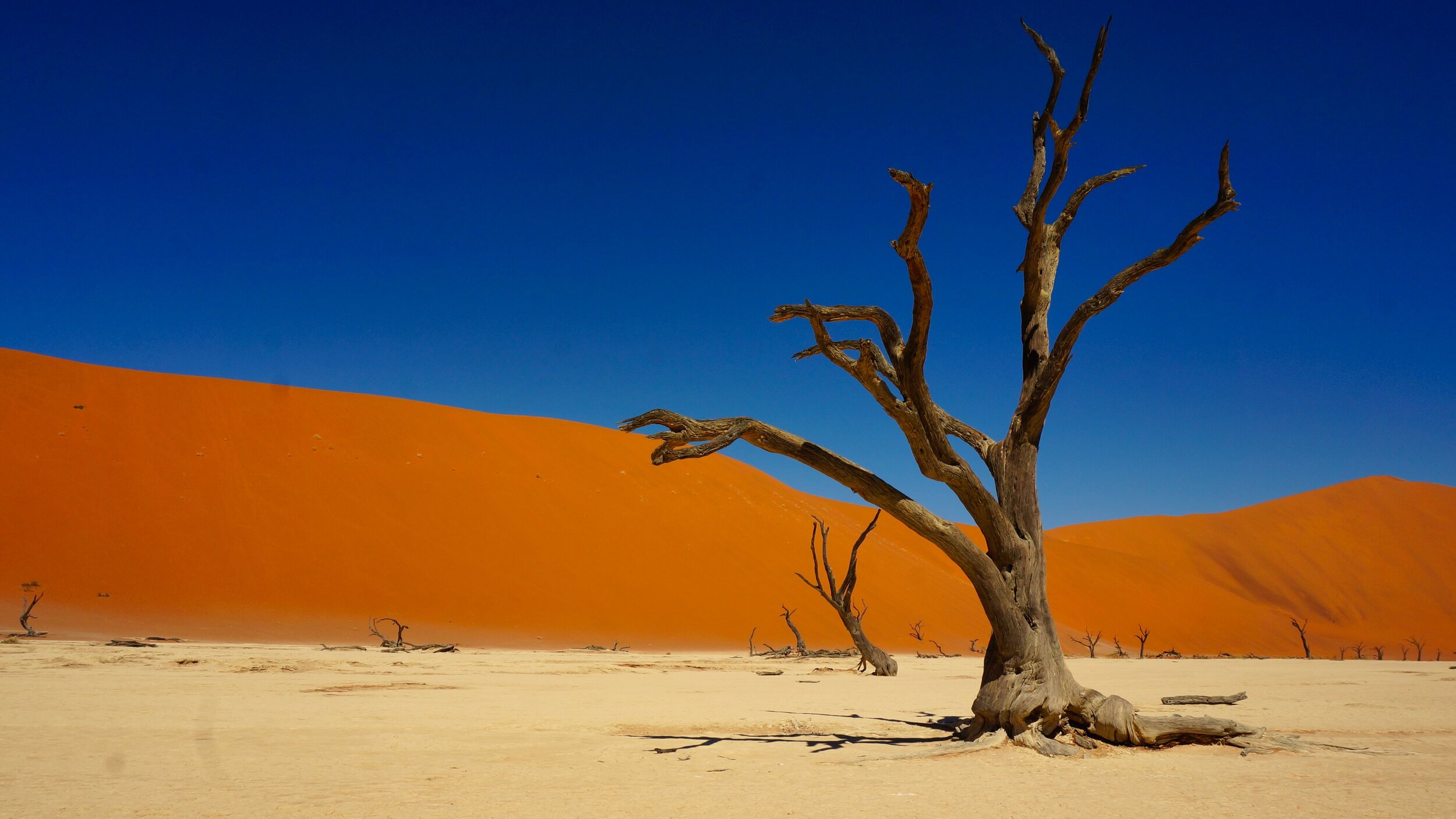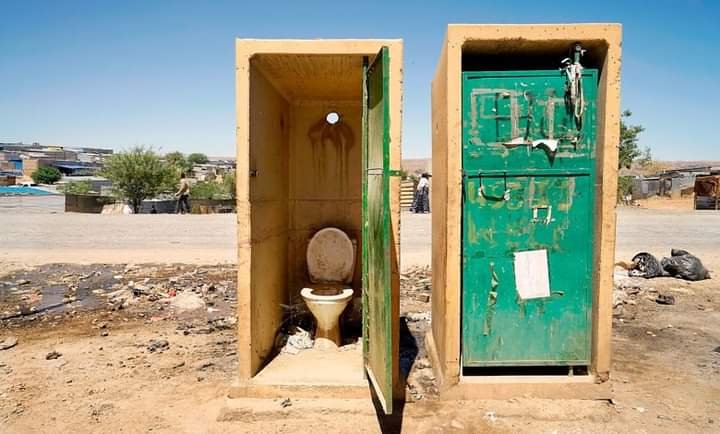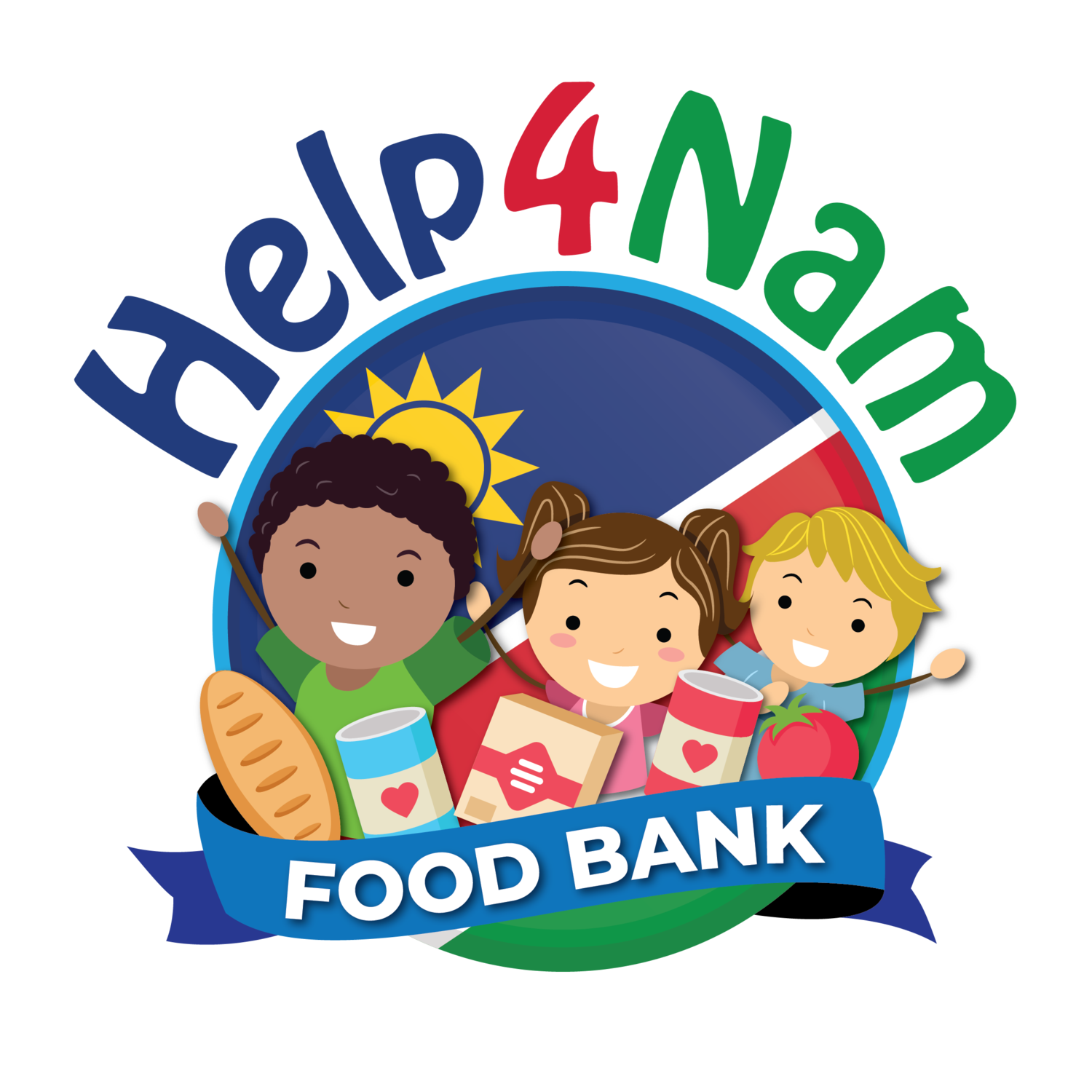
An estimated 42.5% of the Namibian population is undernourished and face severe food shortages
- The World Food Programme
We need your help
Namibia is known as ‘The Land of the Brave’ and the Namibian people as a nation have a lot to be proud of. We have one of the lowest rates of corruption in Africa, a politically stable government, many beautiful natural resources and tourism and diversity amongst her people. Namibia is an upper middle-income country with a small population of only 2.3 million people. However,
The coronavirus pandemic continues to have a devastating impact on the lives of Namibians.
Namibia’s children remain at risk with livelihoods taken away, plunging struggling families into desperate circumstances. Your donations will help vulnerable communities as they face these unprecedented challenges.
8.3% of the general population is living with HIV.
HIV/AIDS remains the leading cause of death among adults in Namibia and the leading cause among children under five years of age (Republic of Namibia Report on Mortality and Causes of Death, 2016-2017 Edition 1). HIV prevention and treatment services are extremely important to aid in ending the epidemic.
The harsh, dry conditions and erratic rainfall make it hard to grow and cultivate our own food.
70% of the population depend on agriculture for all or part of their livelihoods, while 40% are smallholder farmers growing grain crops mainly for their own consumption.
Cropping conditions are generally poor and characterised by erratic rainfall which is responsible for frequent floods and drought.
Most food is imported from neighbouring countries like South Africa making basic food items more expensive to buy.
Household food insecurity is one of the major underlying causes of malnutrition, a situation that has led the World Health Organisation (WHO) to consider household food and nutrition security as a basic human right.
60% of Namibia’s food requirement is imported making her vulnerable to external price increases. The poor are often unable to meet their own food requirements and basic needs.
The unemployment rate is 3 times more than the world average.
The current unemployment rate in Namibia is a staggering 42%.
Often children are forced to drop out of school to help their families generate an income by herding, doing agriculture work, becoming domestic workers or sex workers. It is estimated that 73% of sex workers in Namibia are children and youths. These, mostly girls, are forced into prostitution to help provide for their families.
Poor living conditions
68.1% of Namibians, even though employed, still have little to no means for basic food necessities after paying the bulk of their wages towards accommodation and transport to work. They often resort to living in ‘Kai-ya’s / Ghetto’s ‘ in informal settlements to escape the exuberant rent prices in other parts of towns.






